Paper Money vs Coins: Which Holds More Long-Term Value?
In an era of digital payments and volatile economies, the debate between paper money and coins rages on among investors, collectors, and everyday savers. Paper money, the fiat currency we carry in our wallets, seems convenient and ubiquitous. The beginning...

In an era of digital payments and volatile economies, the debate between paper money and coins rages on among investors, collectors, and everyday savers. Paper money, the fiat currency we carry in our wallets, seems convenient and ubiquitous. The beginning of paper money can be traced to promissory notes issued by banks in medieval Europe, where banks played a crucial role in the early issuance of currency. But when stacked against coins—particularly bullion coins with their intrinsic precious metal content and numismatic coins prized for rarity—does it truly hold its ground over the long haul? This in-depth exploration dives into the core differences between paper money and coins, examining historical trends, economic principles, and real-world examples. We’ll uncover why fiat currencies like the U.S. dollar have steadily eroded in purchasing power, with no inherent floor to prevent total devaluation, while coins often appreciate or at least preserve value. Whether you’re pondering “paper money vs coins” for investment purposes or simply curious about the “difference between paper money and coins,” this guide will equip you with the insights needed to make informed decisions in your financial journey.
Understanding Paper Money: The Foundation of Modern Fiat Currency

Paper money, also known as fiat currency, derives its value not from any physical commodity but from government decree and public trust. At the beginning, paper money was backed by a certain amount of gold or silver held by banks or governments, ensuring its value could be redeemed for precious metals. Unlike coins backed by gold or silver, paper money’s worth hinges on faith in the issuing authority—think the U.S. Federal Reserve or central banks worldwide. Introduced widely in the 20th century after nations abandoned the gold standard, paper money revolutionized transactions by being light, easy to produce, and scalable for growing economies. Paper money is a form of physical currency, and is much lighter and more convenient to carry than coins. The costs of producing and handling coins—such as wear, corrosion, and frequent replacement—are generally higher than those for paper money, making paper notes a more practical choice for everyday use.
The global adoption of paper money was shaped by different countries and their governments, each playing a role in the development, regulation, and issuance of national currencies. Governments determine legal tender status and influence the stability of their currency through monetary policies and regulatory measures.
However, this convenience comes at a cost: inherent vulnerability to inflation and devaluation. Since the U.S. dollar’s inception under the Federal Reserve in 1913, it has lost over 96% of its purchasing power when measured against real goods like food, housing, and energy. For instance, what $1 bought in 1913 requires about $30 today, illustrating a relentless downward trajectory. This depreciation isn’t accidental; central banks often print more money to stimulate economies, diluting existing supply and eroding value over time.
The legitimacy and value of paper money are established and maintained by law, with legal frameworks ensuring that banknotes and other forms of currency are recognized as valid means of payment.
Worse still, there’s no natural floor to how low fiat can sink. History is riddled with hyperinflation episodes where paper money became virtually worthless. In post-World War I Germany (Weimar Republic), prices doubled every few days, culminating in trillion-mark notes used as wallpaper. Hungary in 1946 saw the worst case ever, with inflation hitting 41.9 quintillion percent per month—prices doubling every 15 hours. More recently, Zimbabwe’s 2008 crisis peaked at 79.6 billion percent monthly inflation, rendering the local dollar obsolete. Venezuela’s bolívar followed suit in 2018 with 1.7 million percent inflation. These examples underscore that without intrinsic backing, paper money can plummet to zero value, wiping out savings overnight.
Even in stable economies like the U.S., recent trends show acceleration. As of mid-2025, the dollar index has fallen about 11% year-to-date, marking one of its steepest declines since 1973. Over the past year, the dollar weakened by 5.15%, while purchasing power dropped around 7.4% between 2021-2022 alone due to post-pandemic inflation. When priced against real goods—gold, real estate, or commodities—fiat’s long-term trajectory is clear: downward, with no built-in safeguards.
In the early days, promissory notes and paper money could often be redeemed at a later date, introducing the concept of deferred payment and future settlement, which further shaped the evolution of modern currency systems.
The Enduring Appeal of Coins: Bullion and Numismatics

Shifting focus to gold coins and other coins, we’re not talking pocket change but bullion coins (like American Gold Eagles or Silver Maple Leafs) and numismatic coins (rare, collectible pieces with historical significance). Bullion coins derive value from their precious metal content—gold, silver, platinum—offering a tangible hedge against fiat’s flaws. Unlike paper money, bullion’s intrinsic worth provides a floor; even if markets crash, the metal can be melted down for industrial use or jewelry.
Historically, both coins and paper money have been used to pay for goods and services, serving as essential tools to facilitate economic activity and trade.
Numismatic coins go further, blending intrinsic value with scarcity, condition, and historical allure. These aren’t just currency; they’re artifacts. A 1933 Saint-Gaudens Double Eagle, for example, fetches $7.5–20 million due to its rarity (only a handful exist legally). Or the 1913 Liberty Head Nickel, valued at $4–5 million. Numismatics appreciate over time through collector demand, often outpacing inflation.
Coins’ advantages shine in longevity and stability. While paper money circulates briefly before wearing out, coins endure for decades or centuries. They resist counterfeiting better due to metal composition and offer privacy in transactions—no digital trails. In inflationary times, coins like gold have preserved purchasing power for millennia, while fiat erodes.
Paper Money Collecting: Rarity, History, and Value

Paper money collecting, or notaphily, is a captivating pursuit that brings together history, art, and economics in the palm of your hand. Unlike currency collecting or coin collecting, which often centers on precious metals like gold coins and silver coins, paper money collecting focuses on the stories and significance behind paper currency from around the world. The journey of paper money evolved from humble beginnings—starting as promissory notes and the first paper money issued in China during the Tang Dynasty, known as “flying money”—to the sophisticated banknotes we use today.
One of the most exciting aspects of paper money collecting is the chance to own a tangible piece of history. Each note, whether a centuries-old bill or a modern banknote, reflects the culture, politics, and economic conditions of its time. For example, the first paper money originally issued in China was designed to make trade over long distances easier, offering a lightweight alternative to heavy metal coins. As paper currency spread across countries and centuries, it took on new forms, denominations, and security features, each with its own story to tell.
The value of a piece of paper currency is determined by several factors: rarity, condition, and collector demand. Notes that were printed in limited quantities, feature unique designs, or were part of significant historical events often command higher prices. The condition of the note—whether it’s crisp and uncirculated or worn from years of general circulation—also plays a crucial role in its value. Collectors are especially interested in larger denominations, rare issues, and notes with printing errors or unusual serial numbers. For instance, early U.S. bills, historic German marks, or the first issues of the euro are all highly sought after in the world of currency collecting.
Beyond the thrill of the hunt, paper money collecting is a fun and educational hobby. It offers a window into the economic history of different countries, the evolution of legal tender, and the changing designs and security features that protect against counterfeiting. Modern banknotes are equipped with advanced security features like watermarks, holograms, and microprinting, making them not only harder to forge but also fascinating to study. Collectors can learn to spot these features and appreciate the artistry and technology that go into each note.
The global nature of paper money collecting means you can connect with enthusiasts from every corner of the world. Thanks to online marketplaces and social media, it’s easier than ever to buy, sell, and trade large quantities of notes, whether you’re interested in the dominant reserve currency like the U.S. dollar, historic currencies such as the Italian lira, or rare issues from smaller countries. The hobby appeals to all ages and backgrounds, offering different advantages—whether you’re drawn to the investment potential, the historical intrigue, or simply the joy of collecting.
From an investment perspective, rare and historic paper money can appreciate in value over time, especially as demand grows and supplies dwindle. However, as with any collectible, it’s important to do your research and work with reputable dealers to ensure authenticity and fair pricing. The world of paper money collecting is vast, with opportunities to collect notes from different periods, countries, and denominations—each with its own intrinsic value and story.
In summary, paper money collecting is more than just a hobby—it’s a journey through the history of money, government, and society. Whether you’re fascinated by the first paper money of the Tang Dynasty, the artistry of modern banknotes, or the investment potential of rare bills and cash , there’s something for everyone in the world of paper currency. So if you’re interested in history, economics, or simply the thrill of the hunt, paper money collecting is a rewarding and endlessly fascinating pursuit.
Paper Money vs Coins: A Head-to-Head Comparison

When comparing “coins and paper money,” the long-term value disparity becomes evident. Coins and paper money represent different forms of currency, each with unique characteristics. Here’s a breakdown:
|
Aspect |
Paper Money (Fiat) |
Coins (Bullion & Numismatics) |
|---|---|---|
|
Value Source |
Government backing and trust |
Intrinsic metal + rarity/historical value |
|
Inflation Resistance |
Prone to devaluation; lost 96% since 1913 |
Often appreciates; gold up 500% in 20 years |
|
Long-Term Stability |
No floor; hyperinflation risks (e.g., Zimbabwe) |
Intrinsic floor: preserves wealth |
|
Durability |
Short lifespan (avg. 5-23 years by denomination) |
Lasts generations; metal endures |
|
Investment Potential |
Limited; erodes with time |
High; numismatics can soar in value |
|
Portability |
Lightweight for large amounts |
Heavier but compact for value |
Both forms of money can be used to purchase goods and services, but their purchasing power may differ over time.
Fiat’s edge lies in everyday convenience, but for wealth preservation, coins win. Commodity-backed systems (like gold standards) historically curbed inflation better than fiat, which invites overprinting. In 2025, with de-dollarization talks and rising digital currencies, fiat’s vulnerabilities are amplified.
Coins and paper money are exchanged and traded in markets, and their value is determined by various factors, including supply, demand, and their worth relative to other goods. Ultimately, while paper money facilitates short-term transactions, coins—especially bullion and numismatics—offer a superior store of value. Fiat’s history proves it can dwindle to nothing against real goods, whereas coins provide a tangible, appreciating alternative.
Frequently Asked Questions (FAQs)
What Is the Lifespan of Paper Money?
The average lifespan of U.S. paper currency varies by denomination: $1 bills last about 7.2 years, $5s 5.8 years, $10s 5.7 years, $20s 11.1 years, $50s 14.9 years, and $100s up to 22.9 years before being replaced due to wear.
Are Coins Worth More Than Paper Money?
Yes, in the long term, coins—particularly bullion and numismatics—often hold or increase in value due to intrinsic worth and scarcity, while paper money depreciates through inflation.
What Makes Paper Money More Valuable?
Paper money's value stems primarily from its face value, enforced by government mandate and legal tender laws, rather than any inherent material worth. However, this can falter without trust, as seen in hyperinflation cases.
What Year of Coins Are Worth Keeping?
Focus on pre-1965 U.S. silver coins (dimes, quarters, halves: 90% silver), 1965-1970 halves (40% silver), and rarities like 1913 Liberty Head Nickels, 1933 Double Eagles, or error coins like 1955 Doubled Die Lincolns. Modern gems include 1975 No S Dimes or 1964-D Peace Dollars.
Will Paper Money Be Phased Out?
Trends suggest a gradual shift, with digital payments rising (84% of U.S. transactions in 2025). The U.S. government is phasing out paper checks by September 30, 2025, for benefits and refunds. While cash persists for now and is often available in large quantities, experts predict near-extinction by 2026 in favor of efficient digital alternatives.
Shop Our Premium Coins!
Ready to safeguard your wealth with assets that stand the test of time? Explore our curated selection of bullion and numismatic coins at Global Coin. From gold eagles to rare historical pieces, invest in true value today.
Wrapping Up: Why Coins Trump Paper Money for Long-Term Value

In the "paper money vs coins" showdown, fiat's convenience can't mask its erosion against real goods, with historical precedents showing no bottom to devaluation. Coins, bolstered by precious metals and collectible appeal, offer resilience and growth potential. As economies evolve, diversifying into paper currency and coins isn't just smart—it's essential for preserving purchasing power.
Sources: This article references data up to October 2025 from economic reports and historical analyses. For personalized advice, consult a financial expert.
Related Articles
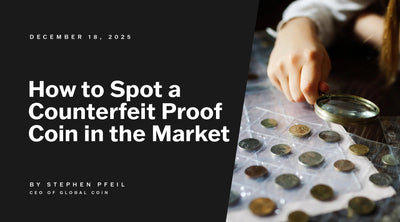
How to Spot a Counterfeit Proof Coin in the Market
How to Spot a Counterfeit Proof Coin in the Market In the world of numismatics, few things hold ...
Discover More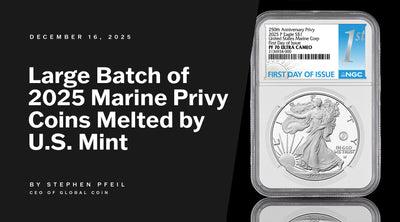
BREAKING NUMISMATIC NEWS: Large batch of 2025 Marine Privy Coins MELTED by U.S. Mint
BREAKING NUMISMATIC NEWS: Large batch of 2025 Marine Privy Coins MELTED by U.S. Mint A historic ...
Discover More
Tax Implications When You Sell Gold Bullion in Different States
Disclaimer: The following content is for informational purposes only and should not be construed ...
Discover More

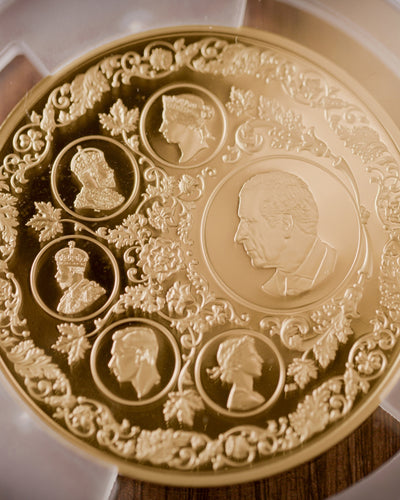
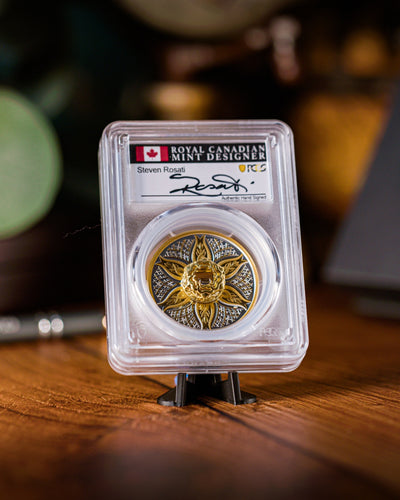
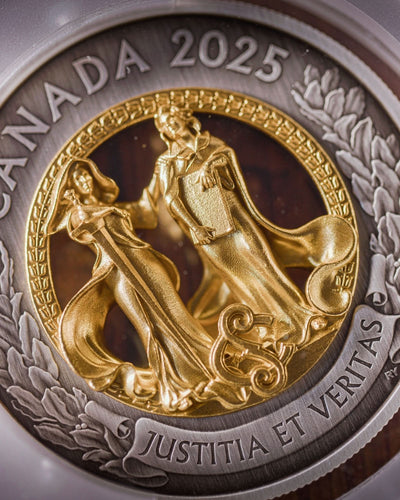
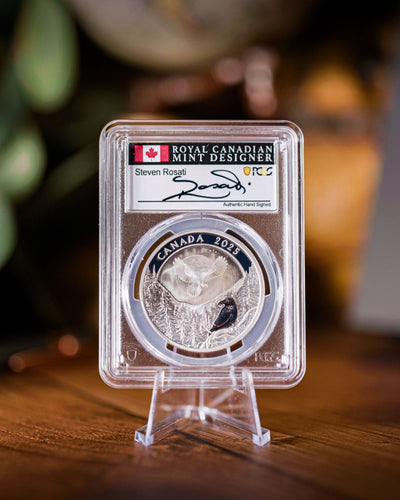
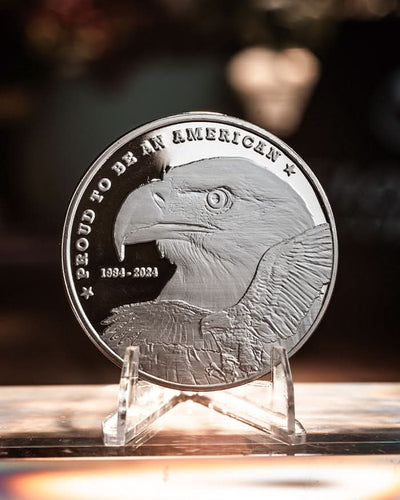
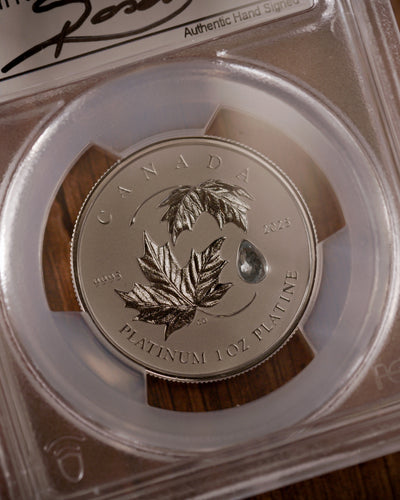
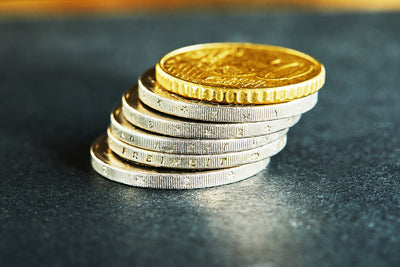
Leave a comment
This site is protected by hCaptcha and the hCaptcha Privacy Policy and Terms of Service apply.